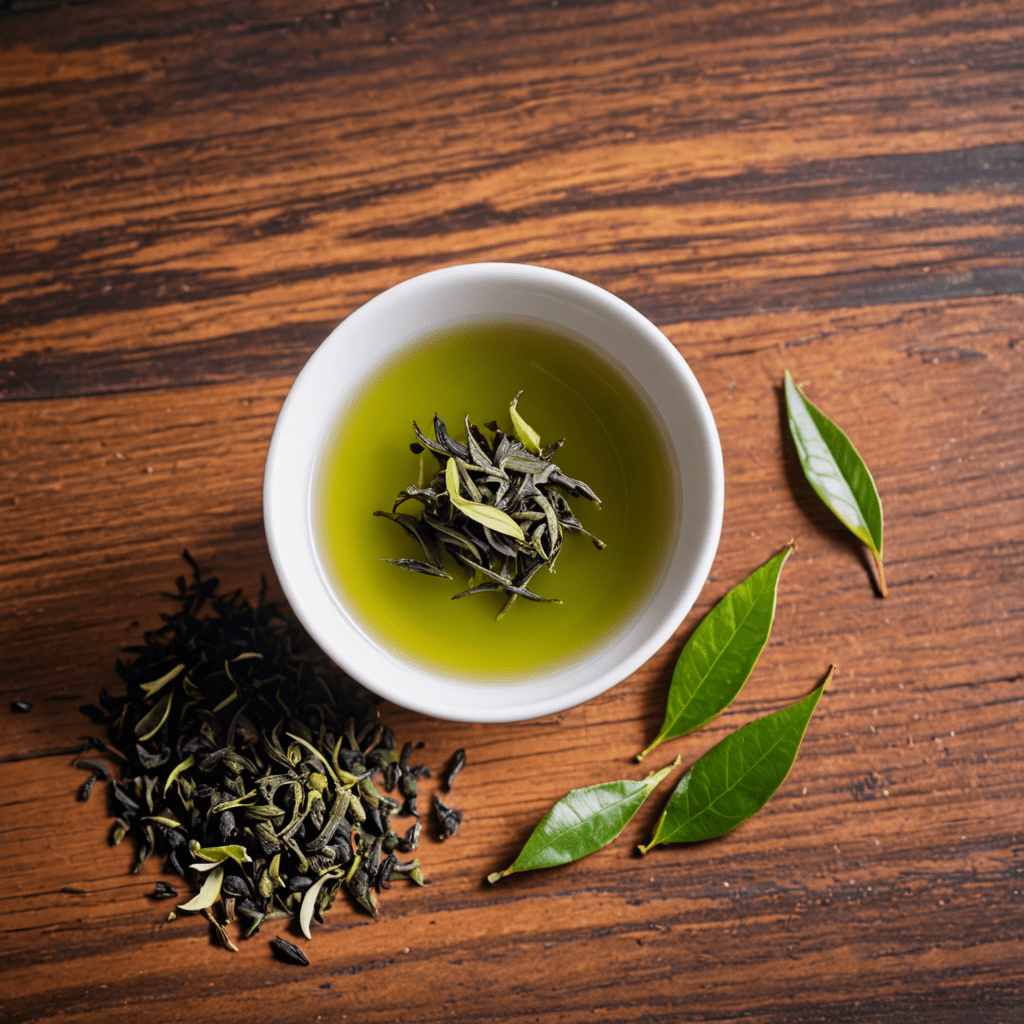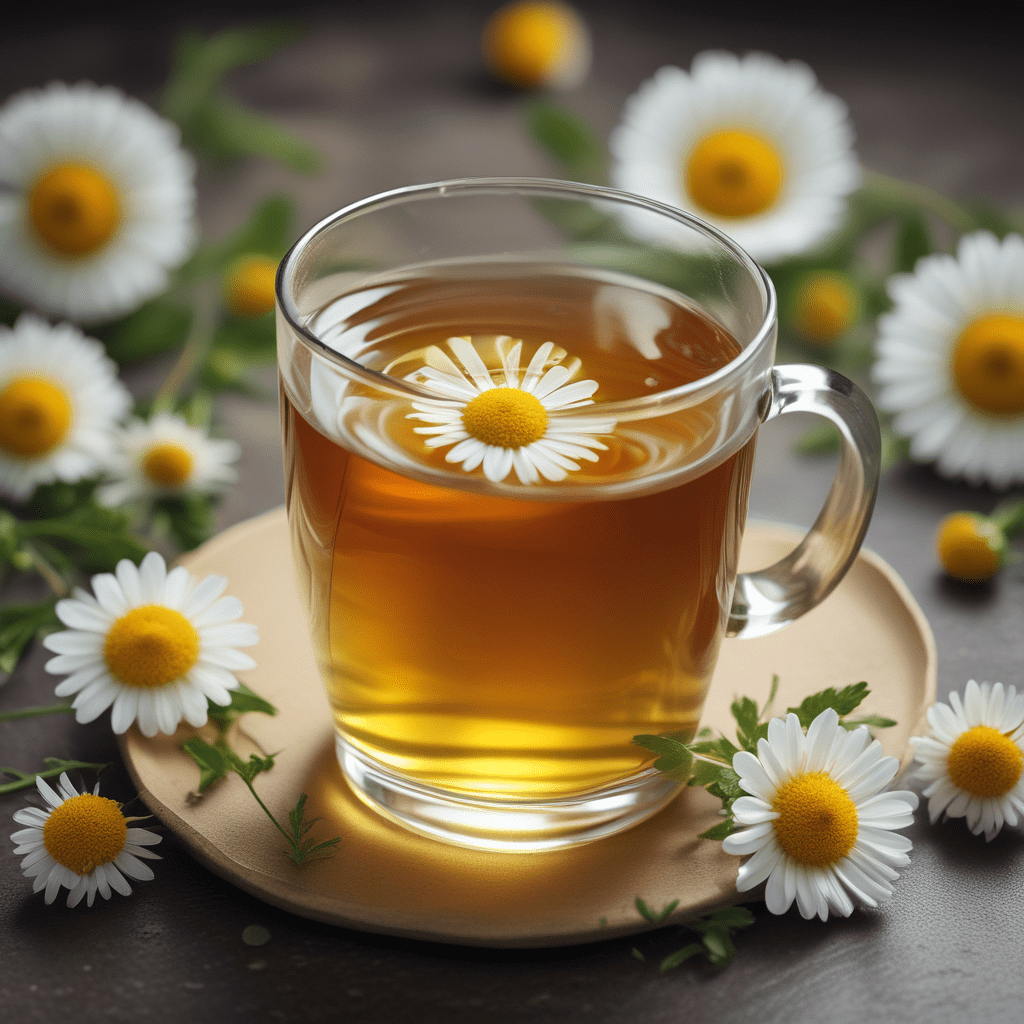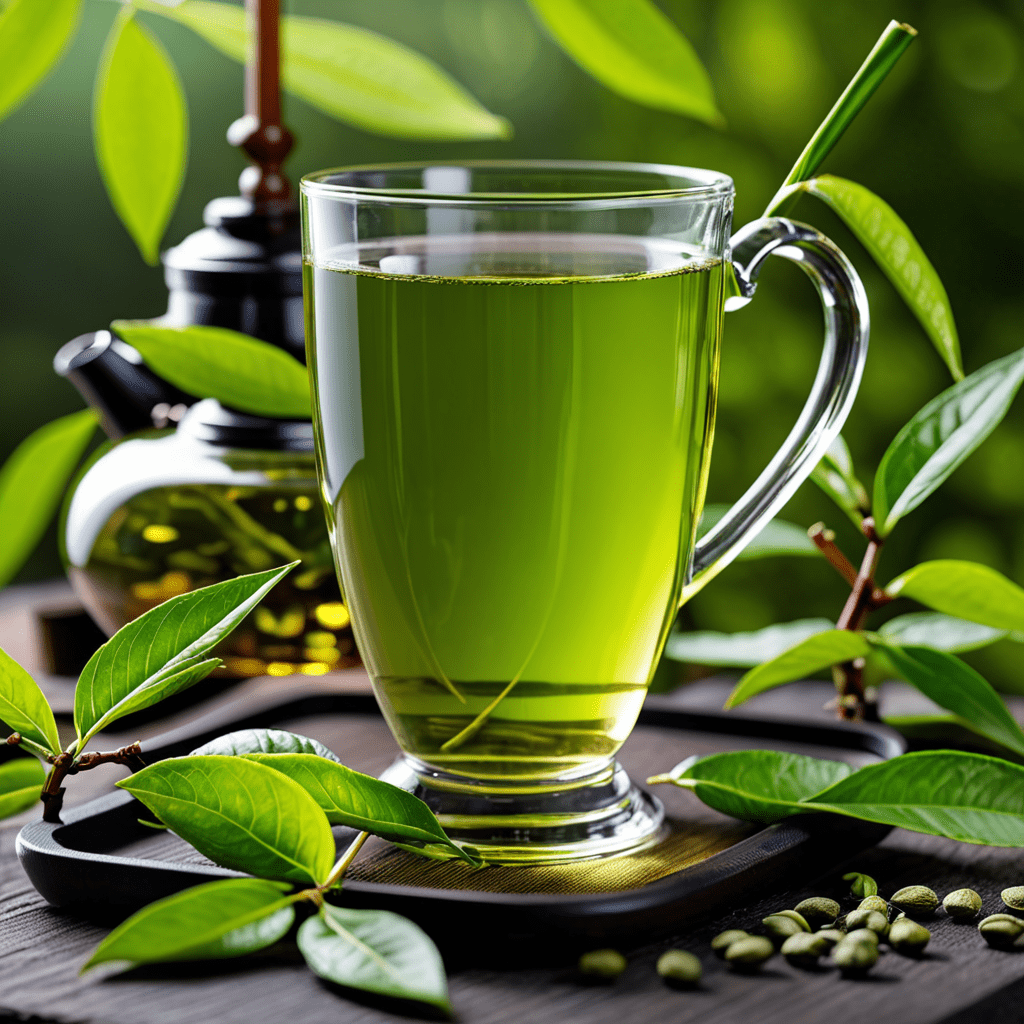Exploring the World of Asian Green Tea
Asian green tea is a beloved beverage that has captivated tea enthusiasts for centuries. Renowned for its delicate flavors and numerous health benefits, this tea variety has gained popularity worldwide. In this guide, we will delve into the delightful flavors, cultural significance, and health attributes of Asian green tea, providing you with an in-depth understanding of this exceptional brew.
The History of Asian Green Tea
For over 4000 years, Asian green tea has been an integral part of the region’s culture and traditions. Originating in China, the birthplace of tea, the consumption of green tea gradually spread to other Asian countries, including Japan, Korea, and Vietnam. The rich heritage and historical significance of green tea make it an essential element of Asian cultural practices and ceremonies.
The Cultivation Process
The cultivation of Asian green tea involves meticulous care and attention to detail. Tea leaves are harvested by hand and undergo a process known as “steaming and firing,” which helps preserve their natural color and flavor. The specific techniques employed in the production of green tea vary across different regions, contributing to the distinct taste profiles of each variety.
Flavor Profiles of Asian Green Tea
Asian green tea is celebrated for its diverse flavor profiles, which range from grassy and nutty to floral and sweet. The varied tastes are attributed to factors such as the type of tea plant, growing conditions, and the degree of oxidation. Whether one prefers the subtle umami notes of Japanese sencha or the bold, robust flavors of Chinese dragon well tea, there is a green tea variety to suit every palate.
Health Benefits of Asian Green Tea
Besides its enticing taste, Asian green tea is revered for its numerous health benefits. Packed with antioxidants and beneficial polyphenols, green tea is believed to aid in weight management, promote heart health, and boost overall well-being. The consumption of green tea has also been associated with a reduced risk of certain chronic diseases, making it a popular choice for those seeking a holistic approach to wellness.
Exploring the Cultural Significance
Asian green tea holds a deep cultural significance in the daily lives of people across the continent. From traditional tea ceremonies in Japan to casual gatherings in Chinese teahouses, the ritualistic consumption of green tea fosters social connections and mindfulness. It serves as a symbol of hospitality, respect, and tranquility, emphasizing the value of embracing moments of calm and reflection.
FAQ: Common Queries About Asian Green Tea
Q: Is Asian green tea and matcha the same?
A: No, while both are derived from the Camellia sinensis plant, they undergo different processing methods. Green tea leaves are infused in water, while matcha involves consuming the whole powdered leaf, resulting in a more concentrated flavor and higher caffeine content.
Q: How is green tea typically brewed?
A: To brew Asian green tea, use water heated to around 175°F to 180°F (80°C to 82°C) and steep the leaves for 2-3 minutes. This gentle brewing method ensures a balanced and flavorful cup of tea without the bitterness that can arise from overbrewing.
Q: What sets Asian green tea apart from other types of tea?
A: Asian green tea undergoes minimal oxidation during processing, preserving its natural compounds and resulting in a light, fresh flavor. In contrast, black tea is fully oxidized, while oolong tea undergoes partial oxidation, each imparting distinct taste characteristics to the respective tea types.
With its rich history, diverse flavors, and well-documented health benefits, Asian green tea continues to captivate tea enthusiasts worldwide, making it an enduring symbol of tradition, vitality, and harmony.


